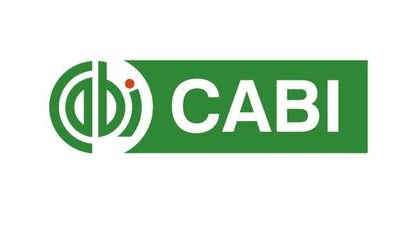THE INFLUENCE OF GRAPEVINE PRUNING ON THE LEVEL CROP AND QUALITY IN CABERNET SAUVIGNON CLONES
Keywords:
red wine, pruning, clones.Abstract
Yield is one of the factors with major influence on the quality of grapevine production. Winter pruning is the first way to control yield. In this study we applied 3 cutting variants to 4 clones of Cabernet Sauvignon from Sâmburești vineyard, one of the most famous Romanian vineyards for quality red wines. The results of the study show that in order to obtain the typical Cabernet Sauvignon wines in the Sâmburești vineyard, winter pruning is recommended with a maximum of 9 nodes/m2 or a delay in harvesting until more advanced stages of maturity compared to what we applied in this study.
References
2. Chapman, D., Matthews, M., Guinard, J.X.,2004, Sensory Attributes of Cabernet Sauvignon Wines Made from Vines with Different Crop Yields. American Journal of Enology and Viticulture, vol. 55, issue 4, pp. 325-334.
3. Clingeleffer, P.R., 2010, Plant management research: status and what it can offer to address challenges and limitations. Australian Journal of Grape and Wine Research, vol. 16, Special issue, pag. 25–32.
4. Feng, H., Skinkis, P.A., Qian, M.C., 2017,Pinot noir wine volatile and anthocyanin composition under different levels of vine fruit zone leaf removal. Food Chem. 214, 736-744.
5. Greven, M.M., Bennett J.S., Neal, S.M., 2014.Influence of retained node number on Sauvignon Blanc grapevine vegetative growth and yield. Australian Journal of Grape and Wine Research, vol. 20, Issue 2, pp. 263-271.
6. Mariagiovanna Fragasso, M., Antonacci, D.,Pati, S., Tufariello, M., Baiano, M., Forleo L.,Caputo, A., La Notte, E., 2012. Influence of Training System on Volatile and Sensory Profiles of Primitivo Grapes and Wines. American Journal of Enology and Viticulture, vol. 63, issue 4, pp. 477-486.
7. Martin, S. R. Dunn, G. M. 2000, Effect of pruning time and hydrogen cyanamide on budburst and subsequent phenology of Vitis vinifera L. variety Cabernet Sauvignon in central Victoria. Australian Journal of Grape and Wine Research, vol. 6, issue 1, pp. 31-39.
8. Mirás-Avalos, J., Buesa, I., Llacer, Elena, Jiménez-Bello, M., Risco, D., Castel,J., Intrigliolo D., 2017. Water Versus Source–Sink Relationships in a Semiarid Tempranillo Vineyard: Vine Performance and Fruit Composition. American Journal of Enology and Viticulture, vol. 68, issue 1, pp. 11-22.
9. McLoughlin, S.J., Petrie, P.R., Dry, P.R.,2011, Impact of node position and bearer length on the yield components in mechanically pruned Cabernet Sauvignon (Vitis vinifera L.). Australian Journal of Grape and Wine Research, vol. 17, issue. 2, pp. 129–135.
10. Morena Lunam, L.H., Reynolds, A.G., di Profio, F.A., Zhang, L., Kotsaki, E., 2018, Crop Level and Harvest Date Impact on Four Ontario Wine Grape Cultivars. II. Wine Aroma Compounds and Sensory Analysis. South African Journal of Enology and Viticulture, Vol. 39, issue 2, pp. 246-270.
11. Zheng, W., del Galdo, V., GarcÃa, J., Balda,P., MartÃnez de Toda, F., 2017, Use of Minimal Pruning to Delay Fruit Maturity and Improve Berry Composition under Climate Change.American Journal of Enology and Viticulture, vol. 68, issue 1, pp. 136-140.
Downloads
Published
Issue
Section
License
Please send the manuscript prepared with the MSWord Template, together with the Cover Letter to the editor-in-chief:
Dana Copolovici (e-mail: dana.copolovici@uav.ro)






